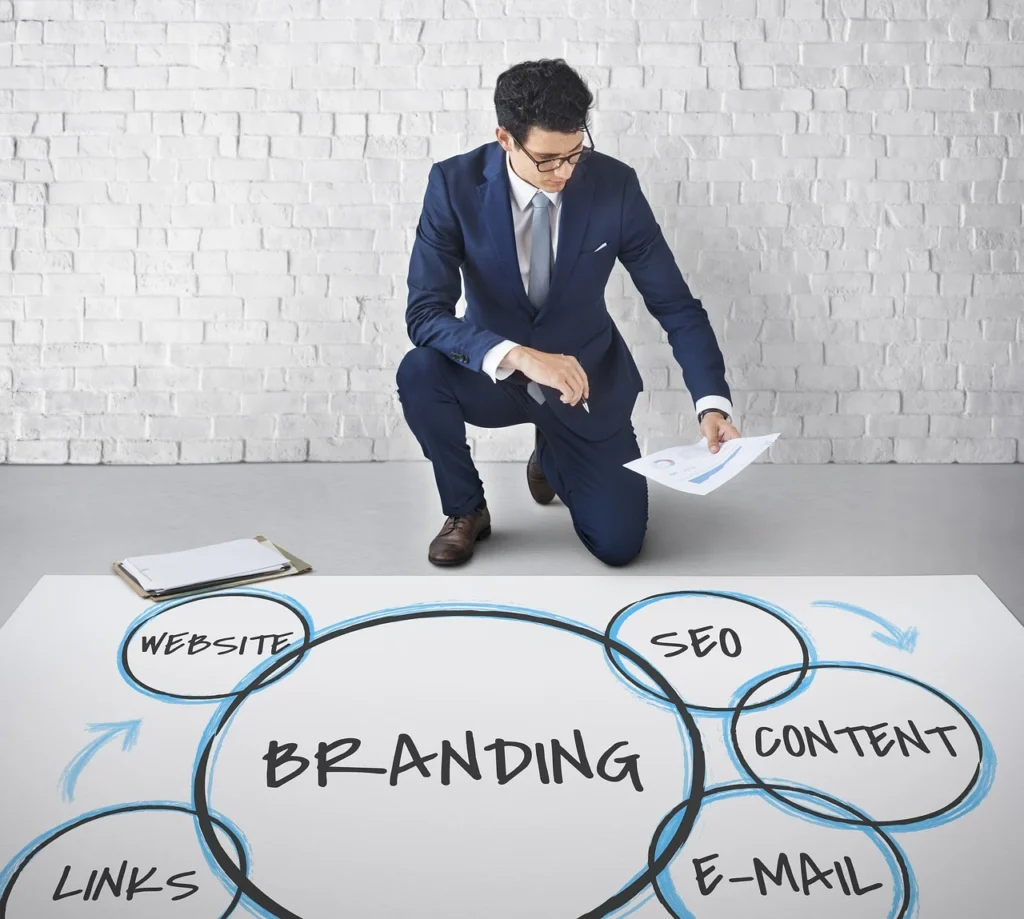Digital Marketing Versus Traditional Marketing: Why Digital Marketing is the Future

In today’s fast-paced business world, the debate between digital marketing versus traditional marketing has become a topic of significant interest. With technology reshaping every aspect of our lives, including how businesses reach their customers, digital marketing has emerged as the dominant force in the world of advertising and promotion. Unlike traditional marketing, which depends on […]
The Ultimate Guide How to Use a Funnel Builder

Building an online business requires a clear strategy to turn visitors into paying customers. One of the most effective methods to achieve this is by using a funnel builder. This guide will walk you through everything you need to know about how to use a funnel builderf, including their components, tools, and strategies to maximize […]
The Ultimate Guide to Lead Magnet Examples

Whether you run an eCommerce website, a blog, or a dedicated landing page, lead magnet examples play a pivotal role in turning web traffic into loyal customers. A well-designed lead magnet doesn’t just capture email addresses; it creates a connection, offers value, and serves as the first step in building a profitable sales funnel. If […]
Top Copywriting Tips for Targeting your Audience

Your brand is the bridge between you and your audience, shaping their perception of your product and company. In today’s competitive marketplace, standing out is essential, and powerful branding coupled with “top copywriting tips for targeting your audience” can make all the difference. This guide breaks down the five essential elements that define a successful […]

